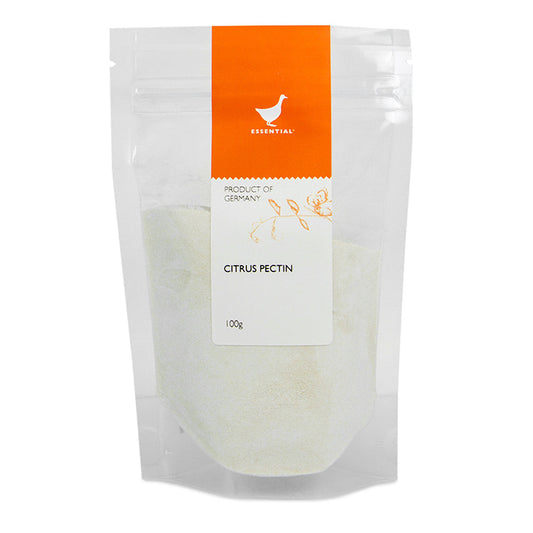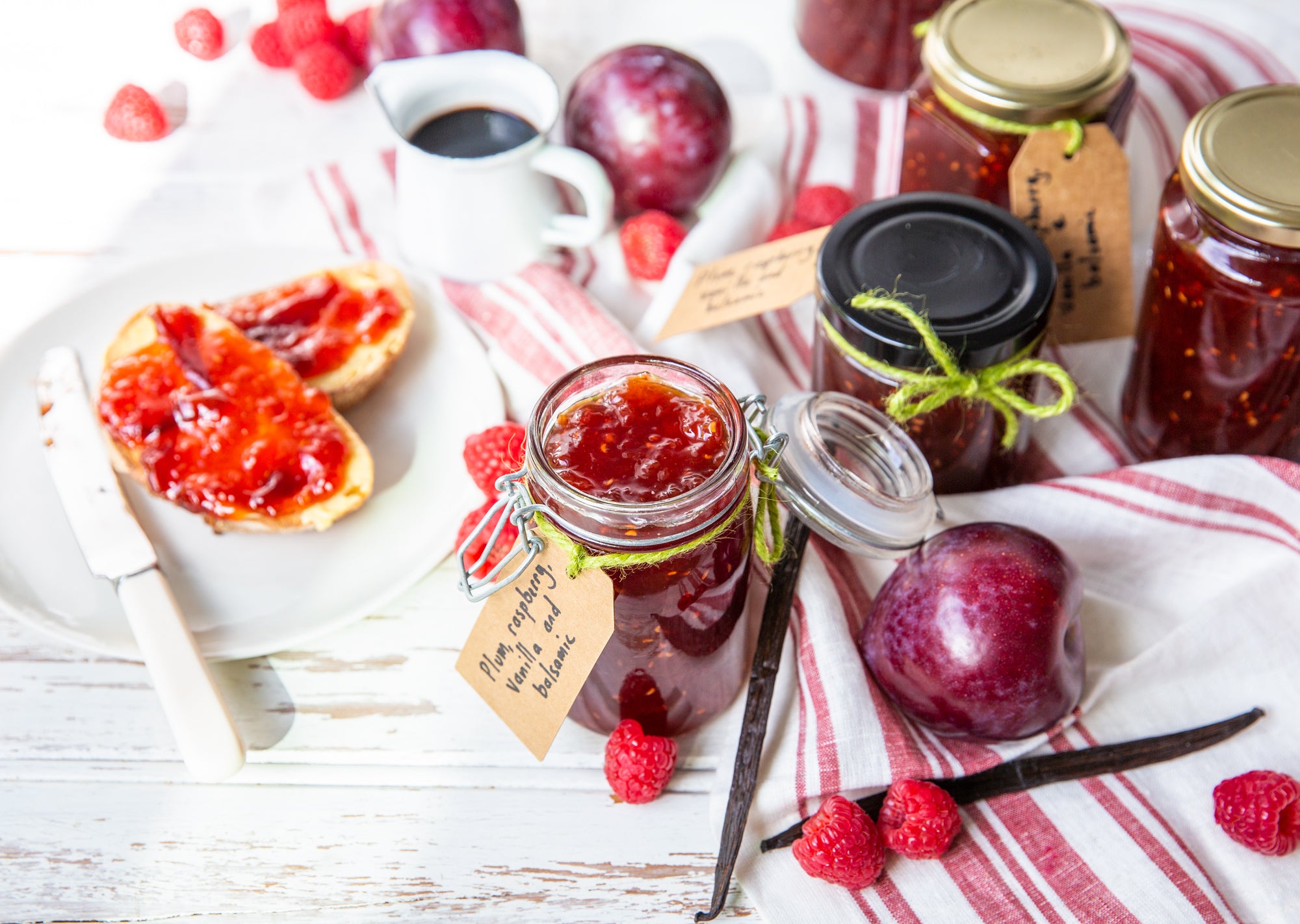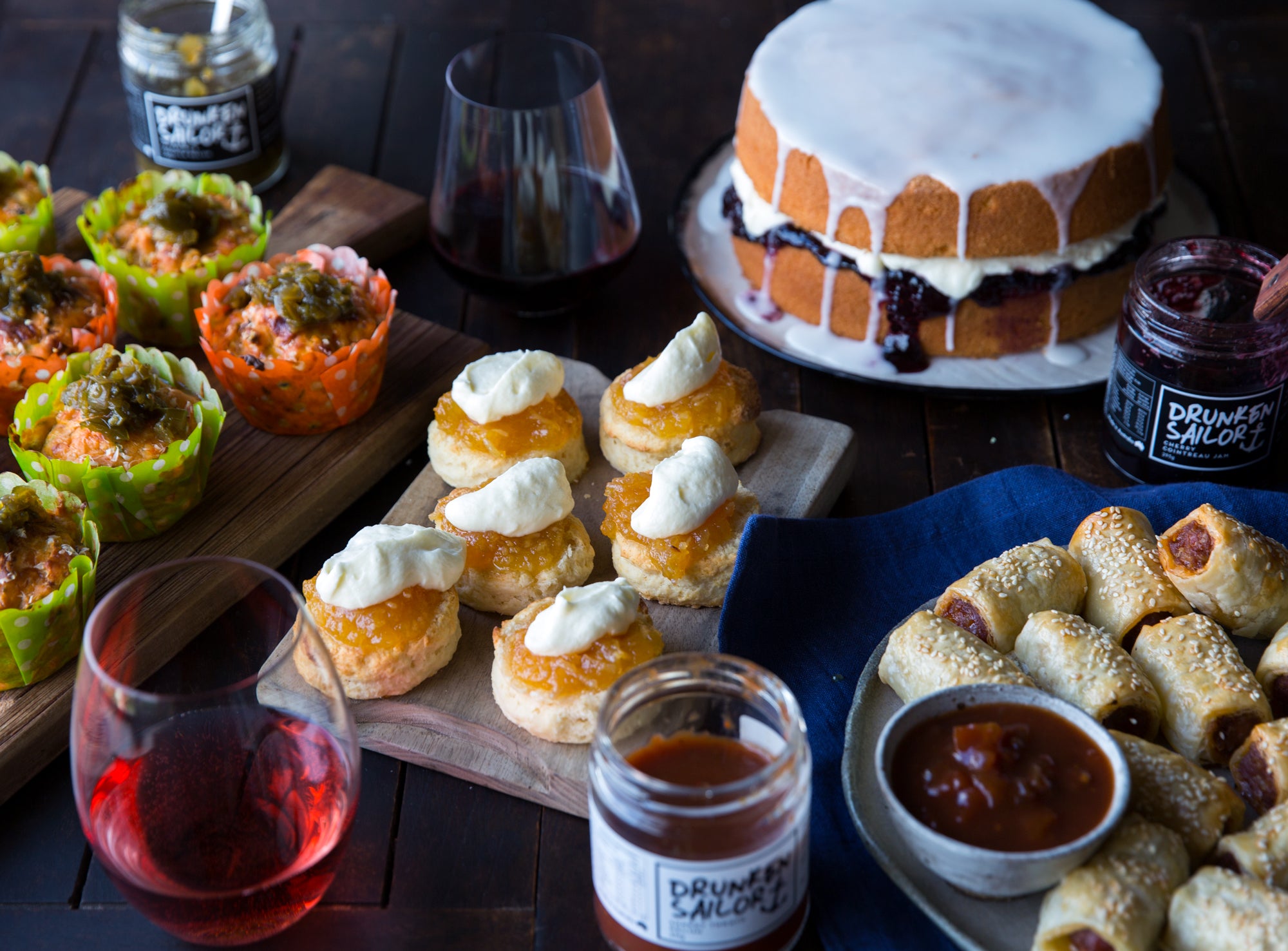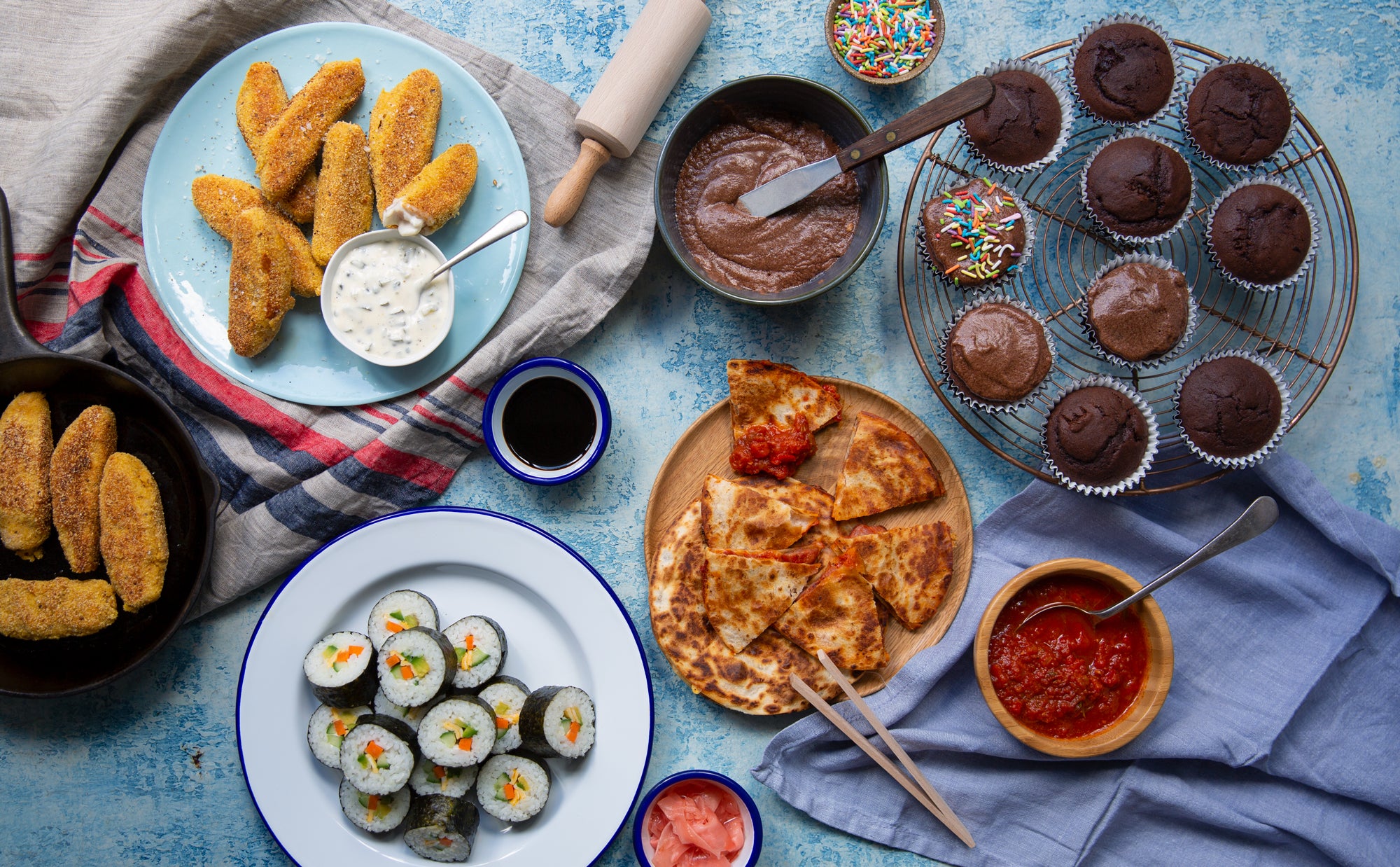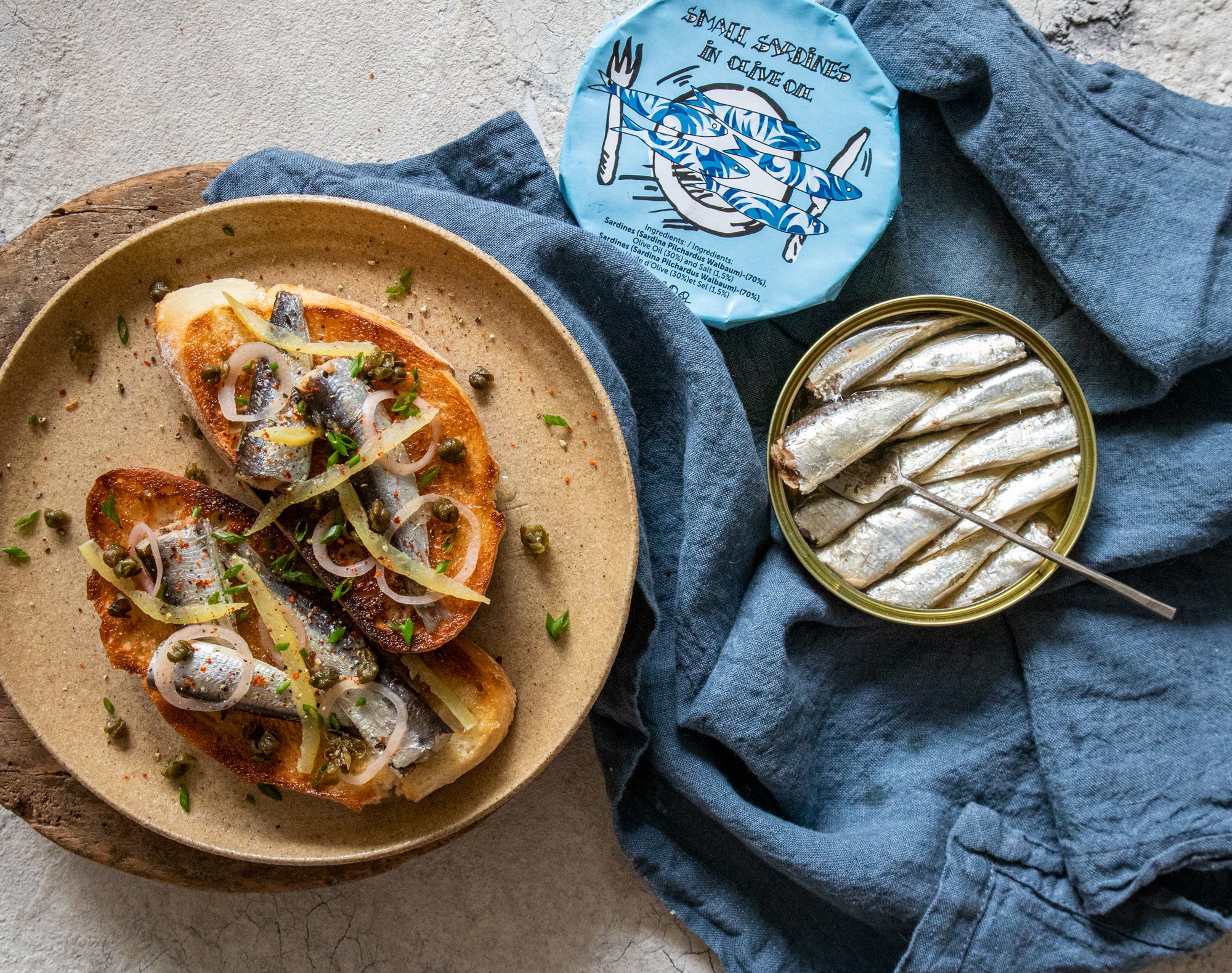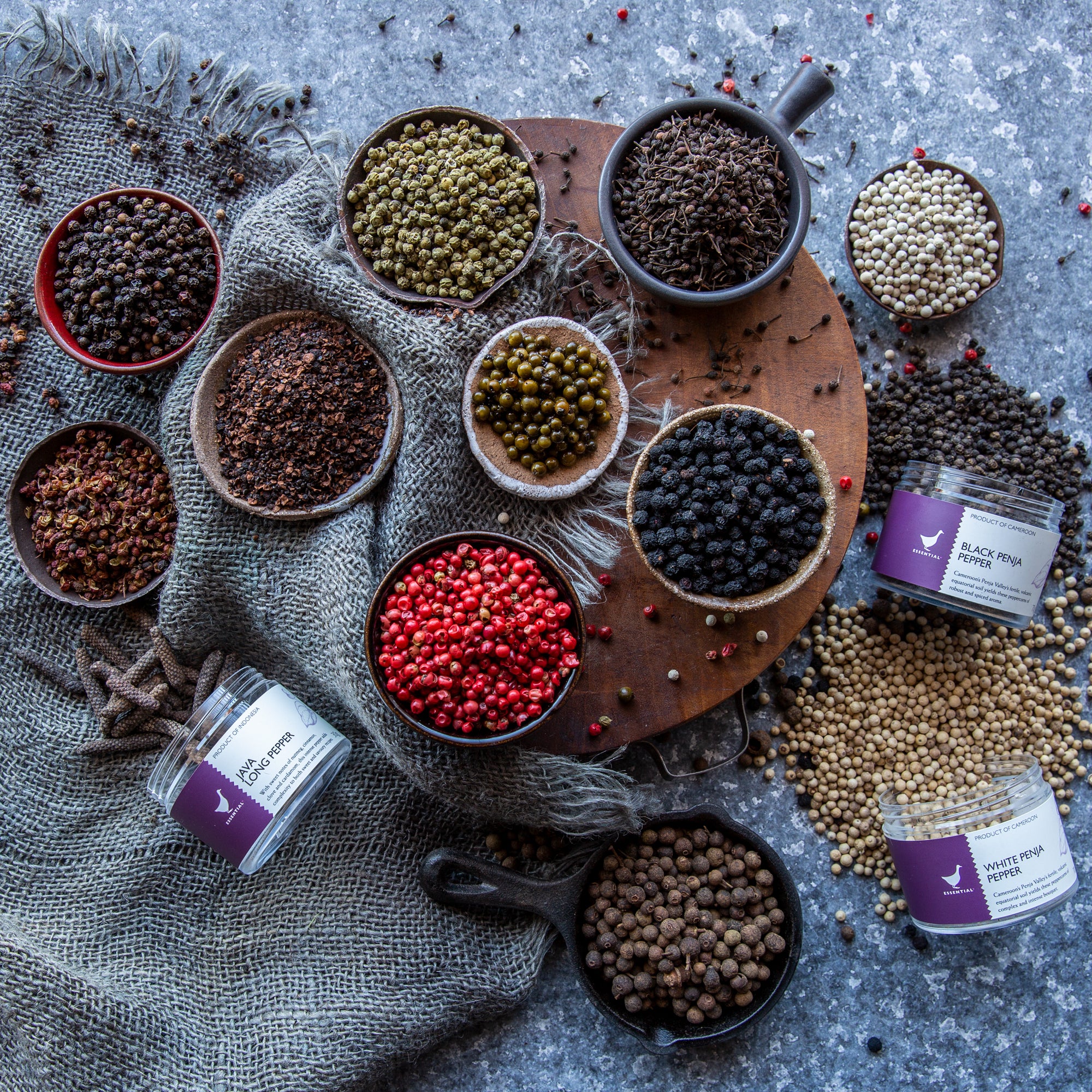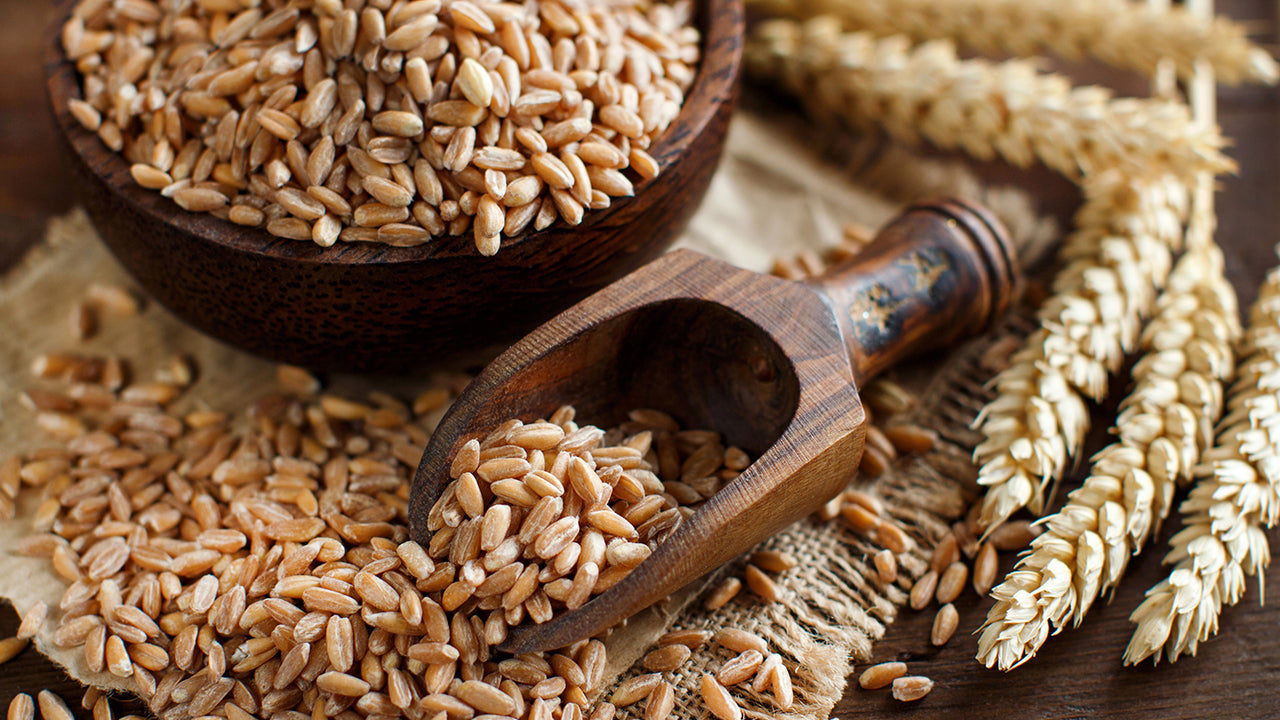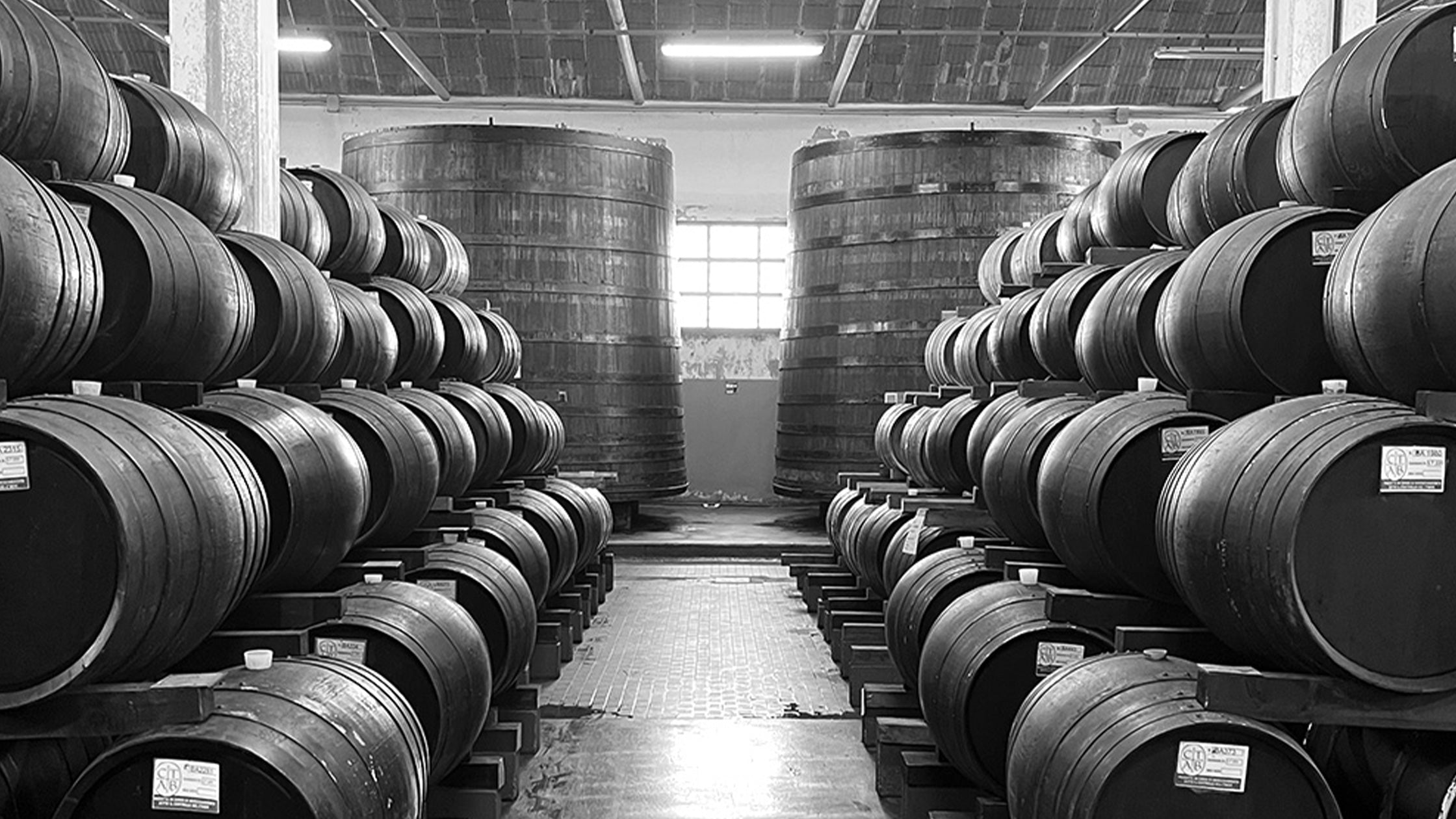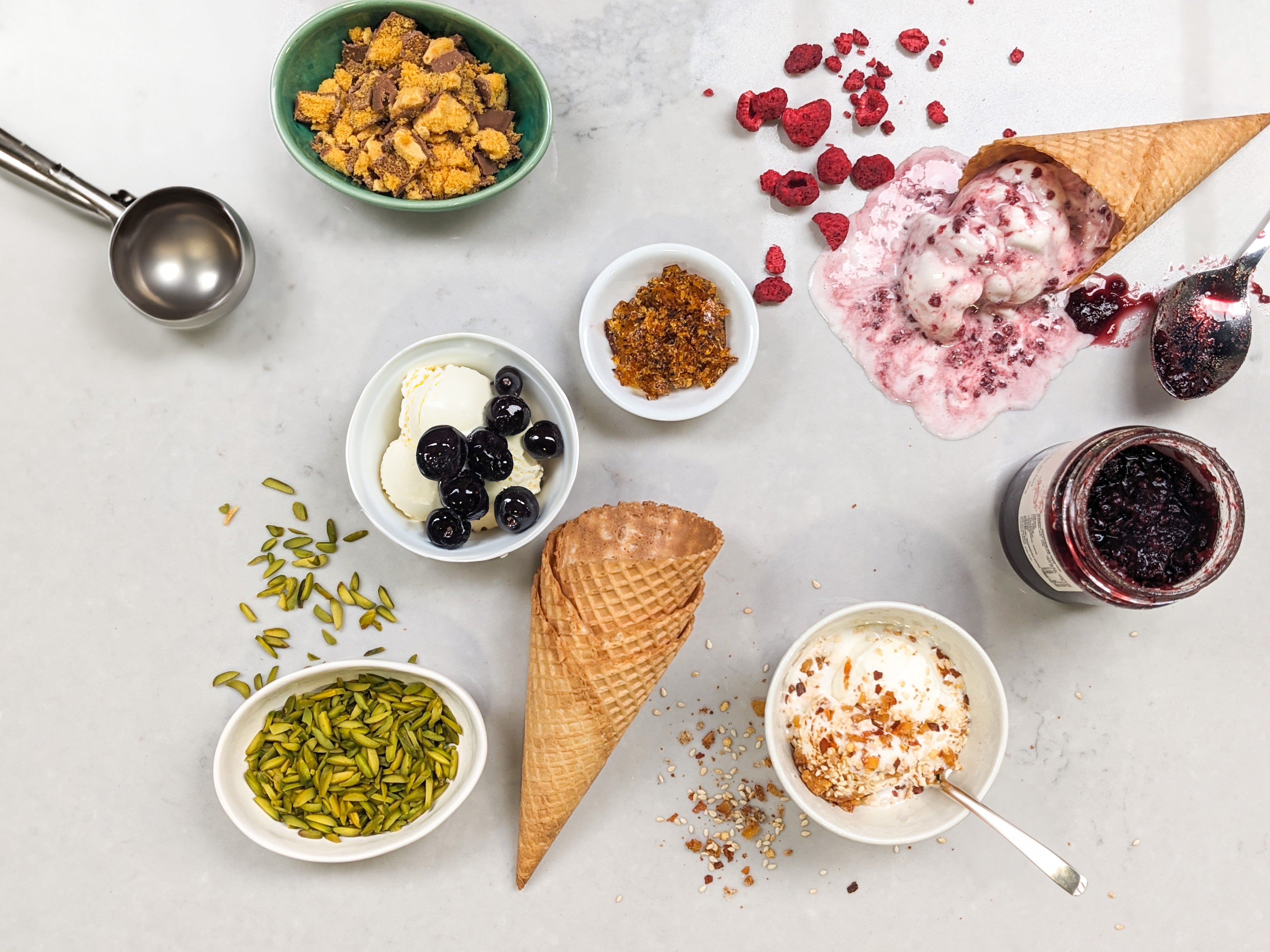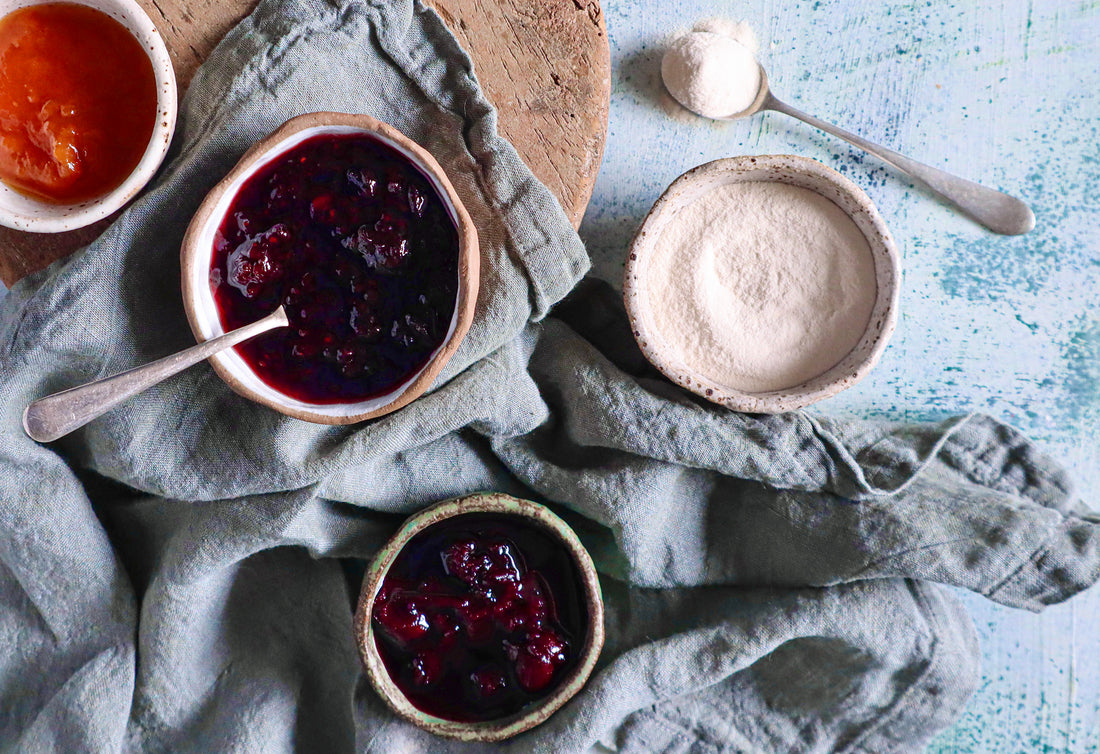
Essential Guide to Pectin
Last updatedPreserving food at home is a ‘win win’ situation; by taking in-season produce and transforming it into jam, relish, chutney or any number of other delicious shelf-stable delights, you minimise food waste and create something delicious, all while capturing the essence of the season to enjoy long after the fruit has gone.
Whether you’re inundated with fruit from your own (or a neighbour’s) tree, or making the most of that glut of ripe, affordable fruit scored at the farmer’s market, making jam is a classic way of utilising and savouring the best the season has to offer.
A good jam requires four things: ripe fruit, sugar, acid and pectin. While the first three are added to taste, pectin plays an important role in creating that thick, spreadable texture essential for a successful jam.
What is pectin?
Pectin is a starch that is naturally present in a range of fruits and vegetables.
Why is pectin needed when making jam?
When combined with acid and sugar, and heated to over 100 degrees Celsius, pectin causes the fruit to thicken and become spoonable, spreadable jam.
If fruit has pectin in it, why do I need to add more?
Some fruits, like lemons, cranberries, quinces and tart apples, are high in natural pectin. It’s also less common in unripe and over-ripe fruit. When making jam with other fruits – berries, for example – thickening will not happen naturally and pectin should be added.
How does pectin work?
When dissolved in water (like the water that’s in fruit) and activated with a little acid, pectin molecules bond with sugar. When all excess water has evaporated through cooking, the pectin bonded with the sugar sticks to itself, creating a gel. (Source: Serious Eats)
How much pectin do I need to add?
The amount of pectin needed to thicken your jam varies depending on the fruit and the other ingredients, as well as how thick you prefer your jam, however, as a rough guide, 3g for every kilogram of fruit, or 1.5 teaspoons of powdered pectin for every cup of jam.
You can check that you’ve added enough pectin by spooning a little hot jam onto a plate that’s been in the freezer for at least 15 minutes. Run your finger through the jam; if it stays split, it will thicken in the jar. If not, add more pectin, simmer, and test again.
Do I need to add anything else?
Pectin requires sugar and acid to work properly. Fortunately, as sugar and acid are also required to preserve your jam and keep it from spoiling, any good jam recipe (like this Plum, Raspberry and Balsamic Jam recipe) should already include those two elements.
What’s the best way of adding pectin to my jam?
Combine the measured pectin with cold water (1 tablespoon water for each teaspoon of pectin) and then add to the simmering jam. This way it’s easily dissolved without clumping.
When should I add the pectin?
Powdered pectin should be added add the beginning of the cooking process. It will not begin to gel until the sugar is added and excess liquid has evaporated.
Is pectin vegan/vegetarian?
Yes. The Essential Ingredient Citrus Pectin is made from citrus peels and contains no animal products or by-products and is vegan and vegetarian friendly.
Does pectin have a flavour?
The Essential Ingredient Citrus Pectin has a very mild sour flavour that, given the quantity required, will not affect the taste of your finished jams.
The Essential Ingredient Citrus Pectin is available online and from your nearest The Essential Ingredient store, where you’ll also find a wide range of jam making and preserving supplies.

